U.S. State Department officials delivered a blunt message to industry groups and companies that attended a meeting in New York City. They discussed what jewelry businesses must know about their product and declare where all their materials originate from or they will be subject to new regulations. The government believes that jewelry materials and other minerals are funding conflict and rogue regimes, specifically mentioning Iran, Venezuela, and certain countries in Africa. But it’s also interested in more than those areas. Jewelry buyers and producers need to know the source of any piece or component that is imported. State Department officials have expressed frustration with the slow rate of change in the industry at meetings before. But this felt a little different, said those in attendance. There were threats of new regulations on the industry, though attendees received few specifics. Some speculated it could be a new law or executive order. It was made clear this was coming from the top, President Trump and Secretary of State Pompeo. Industry stakeholders have long maintained that it’s often impossible to determine the exact origination of every part of a jewelry item, given that many materials are recycled, reused, and traded through a secondary market. The discussion touched on existing mechanisms to guarantee provenance, like the Responsible Jewelry Council’s Chain of Custody certification. This Chain of Custody (CoC) Standard requires companies to have a policy and risk management framework for conflict sensitive sourcing practices. Money laundering was specifically mentioned as an issue. The meeting ended with six takeaways:
– The “threat assessment” is higher than it has been in the past.
– The Kimberley Process is inadequate to solve the current problems.
– Insuring a chain of custody for all materials is important to the U.S. government.
– The government plans to hold U.S. suppliers and purchasers accountable.
– More industry education is needed on these issues.
– The government is looking to do more enforcement of existing rules and regulations, specifically mentioning those pertaining to anti–money laundering.
This meeting appeared to be an about-face by the Trump administration, which had previously said it wouldn’t enforce the one regulation that has seemingly boosted transparency in gold
sourcing: section 1502 of the Dodd-Frank Wall Street Reform and Consumer Protection Act, Conflict Minerals.


